- myFICO® Forums
- Types of Credit
- Credit Cards
- Re: Ive been doing it wrong??? Utilization ratio h...
- Subscribe to RSS Feed
- Mark Topic as New
- Mark Topic as Read
- Float this Topic for Current User
- Bookmark
- Subscribe
- Mute
- Printer Friendly Page
Ive been doing it wrong??? Utilization ratio help
Is your credit card giving you the perks you want?
Browse credit cards from a variety of issuers to see if there's a better card for you.
- Mark as New
- Bookmark
- Subscribe
- Mute
- Subscribe to RSS Feed
- Permalink
- Report Inappropriate Content
Ive been doing it wrong??? Utilization ratio help
Hey all,
It was suggested to me never to use my credit cards more than 30% (yes i think we've all heard this time and time again) but I have been misinformed on what utilization ratios are? This is only the balance you carry and not the total amount you put on your cards? If I have a limit of $1000 and use all the $1000 that statement and pay the balance down to $0 before statement cut im using 0% and not 100%?
Ive been barley using my cards and not seen much of any rewards because i though utalization was how much you actually chanrge each period on the card, not the balance carried.
So if I can actually use my cards, how close can I come to the limit without the issuers getting nervous or whats a good range of use where they might increase my limits in the future?
Thanks
- Mark as New
- Bookmark
- Subscribe
- Mute
- Subscribe to RSS Feed
- Permalink
- Report Inappropriate Content
Re: Ive been doing it wrong??? Utilization ratio help
It is my understanding that you want all cards, except one, to report a zero balance when the Statement cuts (most, not all, cards report the Statement balance to the credit bureaus). The one card with a balance should report less than 9% of its credit line for maximum scoring benefit. If you are able to do it, you can use your credit lines naturally, so long as you can pay them down/off before the statements cut.
I wouldn't suggest maxing the cards out during the month, if you can't pay it back before the statements cut.
Hopefully, more experienced myficoers will chime in.
- Mark as New
- Bookmark
- Subscribe
- Mute
- Subscribe to RSS Feed
- Permalink
- Report Inappropriate Content
Re: Ive been doing it wrong??? Utilization ratio help
@Gidgetmom wrote:
Hopefully, more experienced myficoers will chime in.
No need, your answer was spot on.
- Mark as New
- Bookmark
- Subscribe
- Mute
- Subscribe to RSS Feed
- Permalink
- Report Inappropriate Content
Re: Ive been doing it wrong??? Utilization ratio help
Thank you for the response sir. Im very happy to hear I can actually use my cards ![]()
- Mark as New
- Bookmark
- Subscribe
- Mute
- Subscribe to RSS Feed
- Permalink
- Report Inappropriate Content
Re: Ive been doing it wrong??? Utilization ratio help
Great answer by Gidgetmom. ![]()
Just to add some minutia, most cards report the statement balance at the time the statement cuts. There are some exceptions, notably cards from US Bank and Chase. US Bank reports on the first of the month, so you'd want to control your balance at that point of the cycle. Chase reports the statement balance like most cards. But it also reports zero whenever you pay to zero. That's a great thing, but it means that it's easier to have your non-zero balance on a non-Chase card.
Note too that "under 30%" would mean 28.9% or below and that 9% should be defined as 8.9% or below. That's because 29.0000000001% rounds up to 30% and 9.0000000001% rounds up to 10%. 28.9% is considered to be responsible borrowing. 8.9% optimizes one's score.
Also worth noting is that all cards reporting zero will dent one's score, possibly 20 points or so. If that happens, there's no need to panic. The next time a card reports a non-zero balance, your points will return. Likewise, if your utilization is a little high, you can fix that by reporting lower balances the next time around.
Most people don't need to fully optimize their scores on an ongoing basis, but it's something they should look at before applying for important credit. However, if one's scores are on the low end, it pays to try to optimize most of the time.
Also note that you don't have to pay interest so show a non-zero statement balance. That balance should come from new charges. Always pay the statement balance in full before it's due. Then pay beyond that to control the balance on your subsequent statement.
- Mark as New
- Bookmark
- Subscribe
- Mute
- Subscribe to RSS Feed
- Permalink
- Report Inappropriate Content
Re: Ive been doing it wrong??? Utilization ratio help
- Mark as New
- Bookmark
- Subscribe
- Mute
- Subscribe to RSS Feed
- Permalink
- Report Inappropriate Content
Re: Ive been doing it wrong??? Utilization ratio help
- Mark as New
- Bookmark
- Subscribe
- Mute
- Subscribe to RSS Feed
- Permalink
- Report Inappropriate Content
Re: Ive been doing it wrong??? Utilization ratio help
- Mark as New
- Bookmark
- Subscribe
- Mute
- Subscribe to RSS Feed
- Permalink
- Report Inappropriate Content
Re: Ive been doing it wrong??? Utilization ratio help
@HeavenOhio wrote:Great answer by Gidgetmom.
Just to add some minutia, most cards report the statement balance at the time the statement cuts. There are some exceptions, notably cards from US Bank and Chase. US Bank reports on the first of the month, so you'd want to control your balance at that point of the cycle. Chase reports the statement balance like most cards. But it also reports zero whenever you pay to zero. That's a great thing, but it means that it's easier to have your non-zero balance on a non-Chase card.
Note too that "under 30%" would mean 28.9% or below and that 9% should be defined as 8.9% or below. That's because 29.0000000001% rounds up to 30% and 9.0000000001% rounds up to 10%. 28.9% is considered to be responsible borrowing. 8.9% optimizes one's score.
Also worth noting is that all cards reporting zero will dent one's score, possibly 20 points or so. If that happens, there's no need to panic. The next time a card reports a non-zero balance, your points will return. Likewise, if your utilization is a little high, you can fix that by reporting lower balances the next time around.
Most people don't need to fully optimize their scores on an ongoing basis, but it's something they should look at before applying for important credit. However, if one's scores are on the low end, it pays to try to optimize most of the time.
Also note that you don't have to pay interest so show a non-zero statement balance. That balance should come from new charges. Always pay the statement balance in full before it's due. Then pay beyond that to control the balance on your subsequent statement.
That's the experienced myficoer I was talking about! Such a great explanation!
- Mark as New
- Bookmark
- Subscribe
- Mute
- Subscribe to RSS Feed
- Permalink
- Report Inappropriate Content
Re: Ive been doing it wrong??? Utilization ratio help
@Anonymous wrote:Hey all,
It was suggested to me never to use my credit cards more than 30% (yes i think we've all heard this time and time again) but I have been misinformed on what utilization ratios are? This is only the balance you carry and not the total amount you put on your cards? If I have a limit of $1000 and use all the $1000 that statement and pay the balance down to $0 before statement cut im using 0% and not 100%?
Ive been barley using my cards and not seen much of any rewards because i though utalization was how much you actually chanrge each period on the card, not the balance carried.
So if I can actually use my cards, how close can I come to the limit without the issuers getting nervous or whats a good range of use where they might increase my limits in the future?
Thanks
1. The calculation of utilization, for credit scoring purposes, is based solely on the balance reported in your statement. So yes if you pay your balance down to zero before the statement cuts you have zero utilization.
2. It is optimal to let one card report a small balance, while the other cards report zero balances.
3. "Carrying" a balance means letting it go to the next reporting period and paying interest; better never to "carry" a balance.
4. You can use your cards as much as you like, up to your credit limit, so long as you pay at least the minimum payment by the due date, and pay down the rest of the balances as mentioned in "2" above, with all but one being paid off by the statement date.

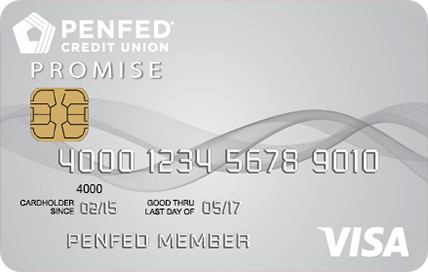


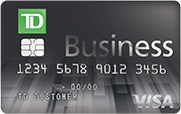
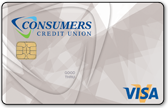
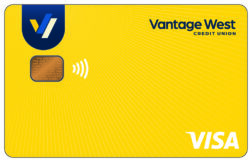
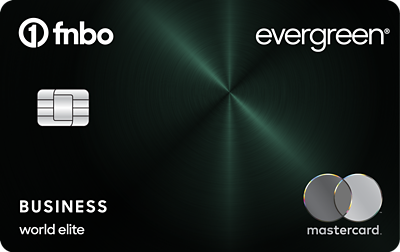
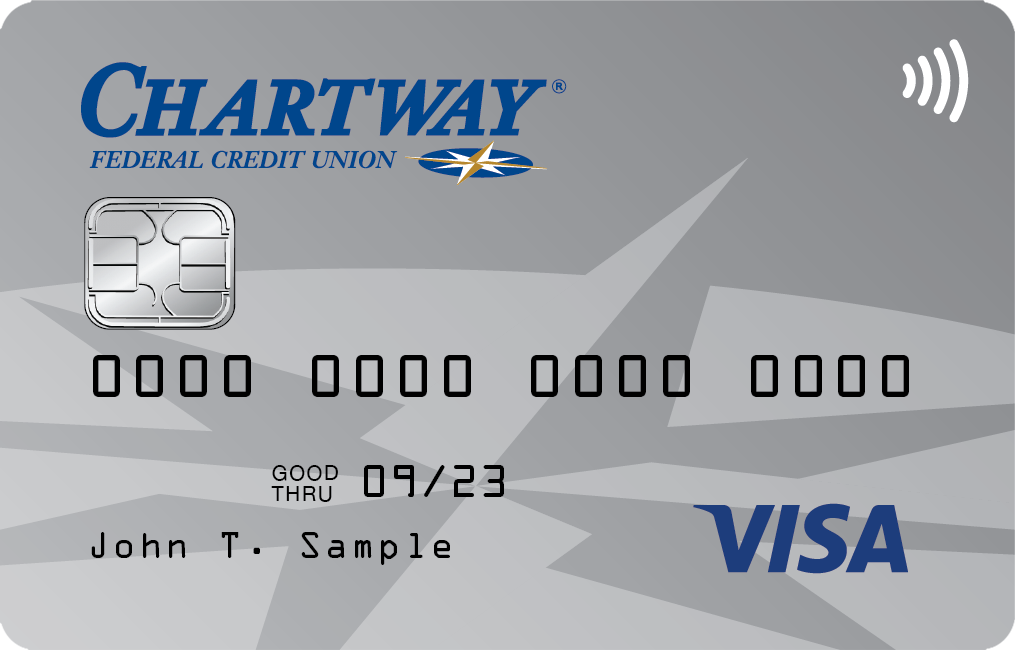


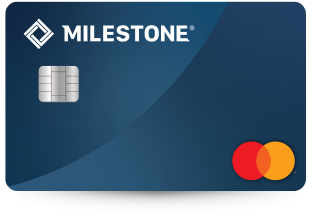
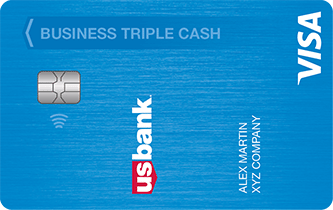

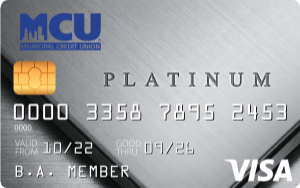
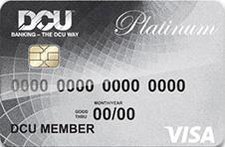
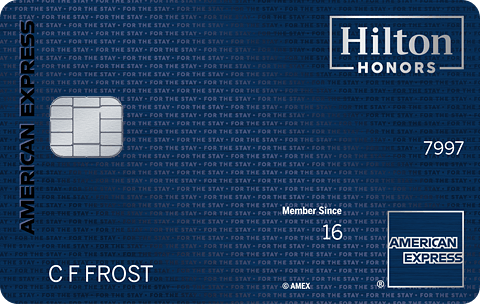
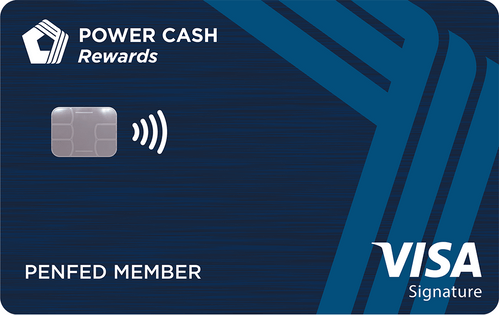
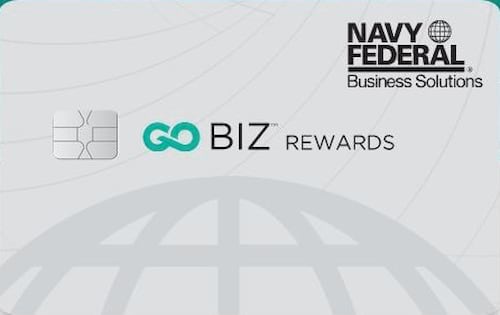
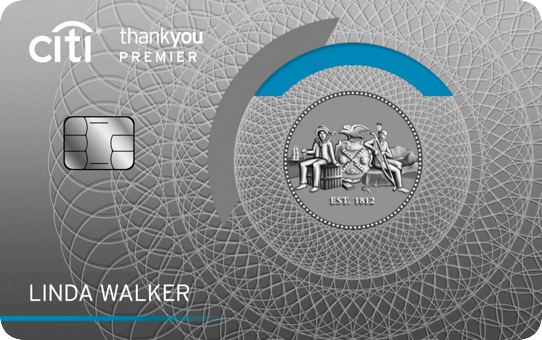
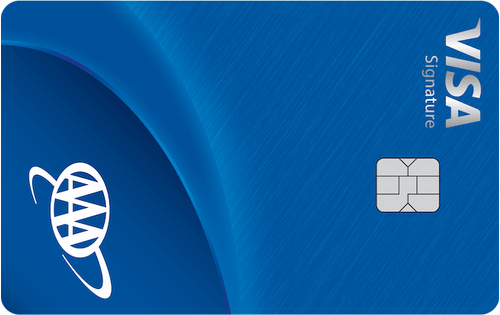
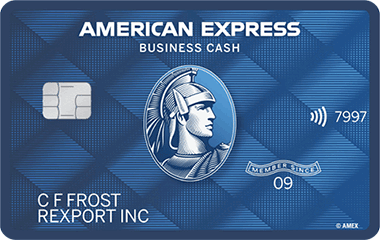
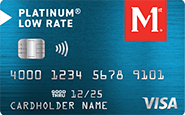
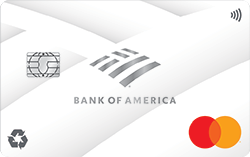


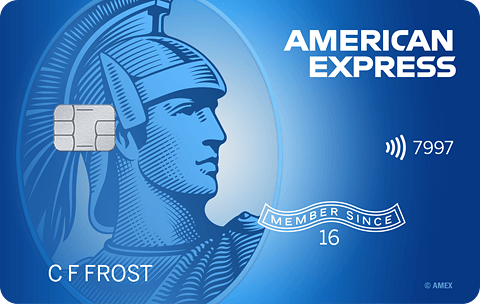
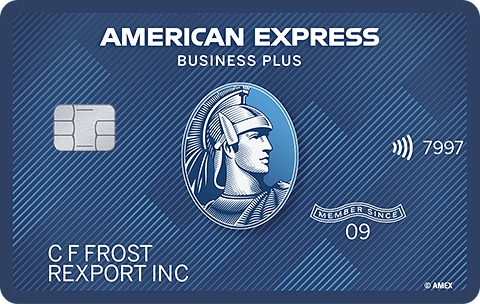



Total revolving limits 569520 (505320 reporting) FICO 8: EQ 689 TU 691 EX 682